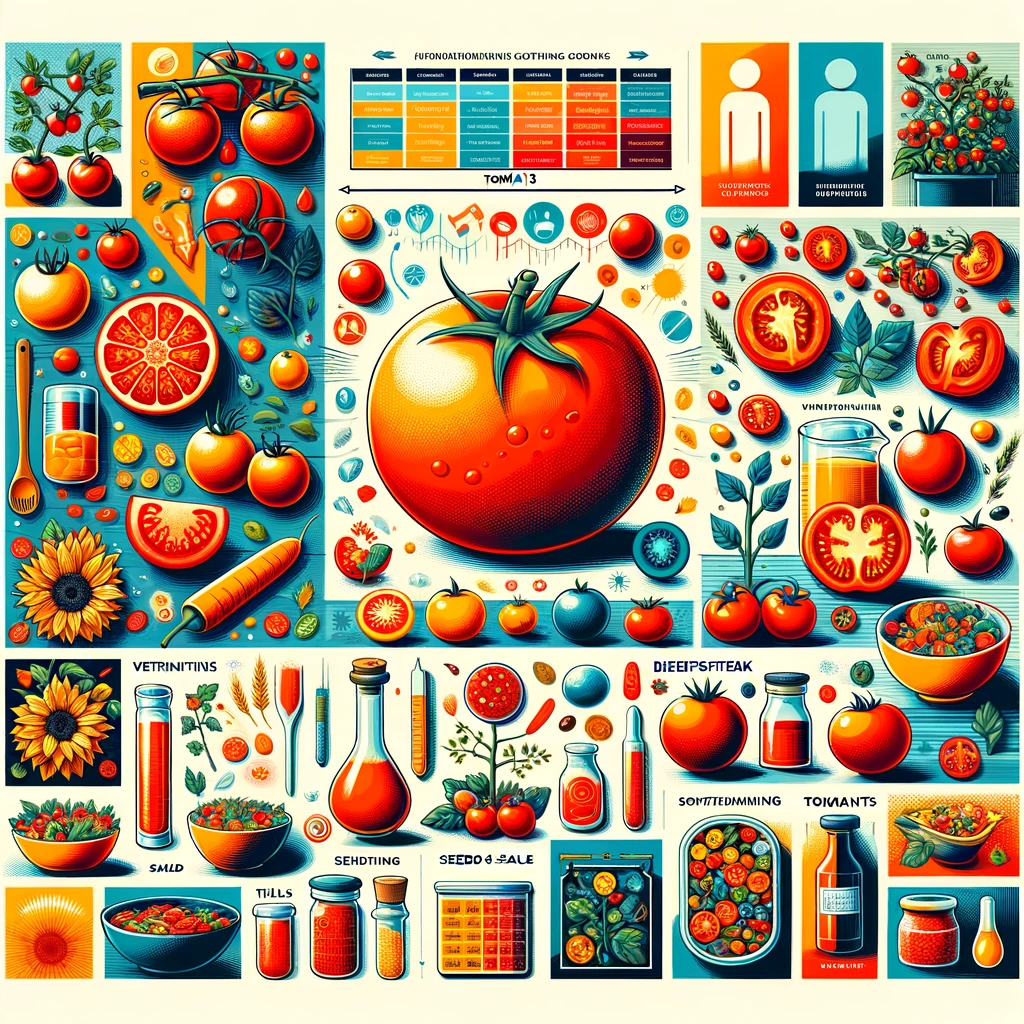Tomatoes are a versatile ingredient found in countless recipes around the world. Whether you’re making a classic marinara sauce, a refreshing Caprese salad, or a hearty tomato soup, the quality and freshness of your tomatoes can greatly impact the final outcome. Proper packaging and storage of tomatoes are essential to preserve their flavor, texture, and nutritional value. In this article, we will explore the best practices for tomato packaging and storage, ensuring that your tomatoes stay fresh and delicious for longer.
The Importance of Proper Tomato Packaging
Tomatoes are highly perishable fruits that are sensitive to external factors like moisture, temperature, and gases. Without proper packaging, they can quickly deteriorate, resulting in flavor loss and texture changes. Here’s why proper packaging matters:
1. Retaining Flavor
The flavor of tomatoes largely depends on their ripeness when picked. Proper packaging helps maintain their natural sweetness and tanginess, enhancing the taste of your dishes.
2. Texture Preservation
Nobody wants mushy tomatoes in their salads or sauces. Proper packaging prevents bruising and maintains the firmness of the fruit.
3. Nutritional Value
Tomatoes are packed with essential vitamins, minerals, and antioxidants. Adequate packaging ensures that these valuable nutrients are preserved.
Choosing the Right Tomato Packaging Materials
Now that you understand the importance of proper packaging, let’s delve into the materials and methods that will keep your tomatoes fresh:
1. Paper Bags
Paper bags are a classic choice for tomato packaging. They allow for proper air circulation, preventing moisture buildup that can lead to rot. Place tomatoes in a single layer to avoid crushing.
2. Cardboard Boxes
Cardboard boxes are another excellent option. They provide protection from physical damage and allow for good ventilation. Again, be sure not to overcrowd the tomatoes.
3. Plastic Containers
If you choose to use plastic containers, ensure they have small ventilation holes. This will allow for some air exchange while protecting the tomatoes from excessive moisture.
4. Mesh Bags
Mesh bags are ideal for larger quantities of tomatoes. They offer excellent ventilation and are convenient for both packaging and storage.
Tomato Storage Conditions
Once you’ve chosen the right packaging material, it’s equally important to store your tomatoes under the right conditions:
1. Temperature
Tomatoes are sensitive to extreme temperatures. Store them at room temperature if they are not yet fully ripe. Once ripe, transfer them to the refrigerator to slow down the ripening process and extend their shelf life.
2. Humidity
Maintaining the right humidity is crucial. Aim for a humidity level between 85% and 95%. This helps prevent moisture loss and shriveling.
3. Avoid Direct Sunlight
Keep your tomatoes away from direct sunlight, as UV rays can cause them to ripen unevenly and lose flavor.
4. Separate Tomatoes
Store tomatoes separately from other fruits and vegetables. Tomatoes release ethylene gas, which can accelerate the ripening of nearby produce.
Checking and Rotating
Frequent inspection is key to ensuring the freshness of your tomatoes. Here’s what to do:
1. Inspect Regularly
Check your tomatoes regularly for any signs of spoilage, such as mold, soft spots, or discoloration. Remove any damaged ones immediately to prevent the spread of decay.
2. Rotate Them
If you have multiple tomatoes, use the “first in, first out” principle. Consume the ripest ones first and rotate your stock to avoid waste.
Conclusion
Proper tomato packaging and storage are essential to preserving the freshness and quality of this beloved ingredient. By selecting the right packaging materials, controlling storage conditions, and practicing regular inspection, you can enjoy delicious tomatoes in your dishes for longer periods. So, the next time you buy a batch of juicy, ripe tomatoes, follow these guidelines to ensure they stay at their best until you’re ready to savor them in your favorite recipes. Happy cooking!
